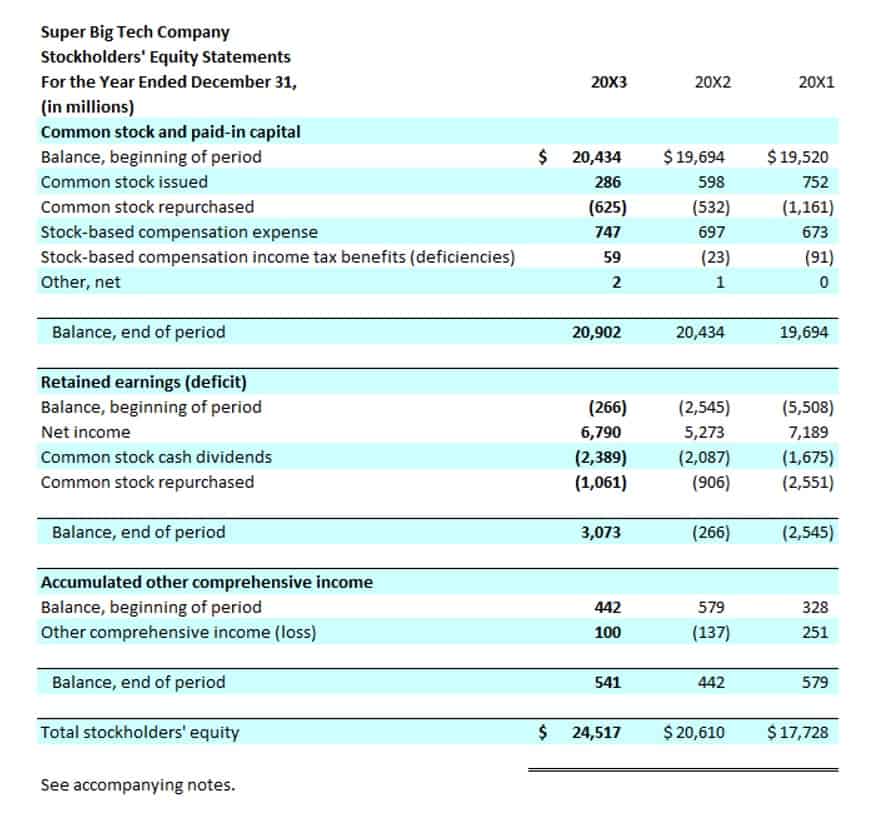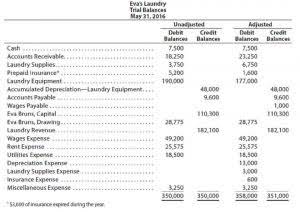Incremental Cost: Definition, How to Calculate, and Examples

If incremental cost leads to an increase in product cost per unit, a company may choose to raise product price to maintain its return on investment (ROI) and to increase profit. Conversely, if incremental cost leads to a decrease in product cost per unit, a company can choose to reduce product price and increase profit by selling more units. Incremental costs help to determine the profit maximization point for a company or when marginal costs equal marginal revenues. If a business is earning more incremental revenue (or marginal revenue) per product than the incremental cost of manufacturing or buying that product, then the business earns a profit. Evaluating CVP relationships equips decision-makers with the tools to navigate pricing decisions, production levels, and resource allocation effectively.
Incremental Cost Analysis: Maximizing Production Efficiency and Profitability
- It is the total amount of money paid for producing an additional unit of a product.
- Companies often use this analytical tool when deciding whether to increase or decrease their output based on the incremental costs involved.
- It is a critical factor in decision-making processes for businesses as it helps determine the optimal level of production and pricing strategies.
- It has a direct correlation to production; it increases with the increase in every unit of production.
- If the incremental cost of acquiring a customer through a new marketing channel is less than the lifetime value of that customer, the strategy is considered successful.
Understanding incremental costs provides businesses with insight into the profitability of various business segments and helps them achieve economies of scale. Economies of scale refer to the cost advantages gained from increasing production volumes, as average costs decline due to spreading fixed costs over a larger quantity of goods produced. Incremental cost analysis plays a significant role in this process by helping businesses identify the optimal production levels that yield the lowest possible cost per unit while maintaining profitability. Incremental costs are dependent only on production volumes as they comprise variable costs like raw materials, labor, utilities, and shipping. These costs do not include fixed costs such as rent and overhead, which are spread out across all units produced. Measuring incremental costs presents a unique set of challenges that can significantly impact a company’s financial analysis and decision-making processes.

Q1. How to calculate incremental manufacturing cost?
- The basic method of allocation of incremental cost in economics is to assign a primary user and the additional or incremental user of the total cost.
- Understanding and analyzing these costs is crucial for managers and decision-makers who aim to optimize operations, maximize profits, and stay competitive in the market.
- For example, if a consultancy firm takes on a new project that requires 10 additional hours of work per week, the incremental cost would be the wage paid for these extra hours.
- By mastering this skill, businesses can make informed decisions and enhance profitability.
- It simply computes the incremental cost by dividing the change in costs by the change in quantity produced.
From the perspective of a manufacturer, the incremental cost includes the expenses of raw materials, additional labor, and the usage of machinery specific to the production of the extra unit. However, it does not encompass fixed costs such as rent or salaries of permanent staff, which remain constant regardless of the production volume. For service-oriented businesses, incremental costs might involve the extra time spent on providing a service, the cost of additional utilities, or the wear and tear of equipment used.
Incremental Cost vs. Incremental Revenue

In most situations there will eventually come a point where increasing production gives an incremental cost which is higher than existing average cost. Perhaps the most common example would incremental cost be where a factory’s workforce is working to full capacity. Adding just one more unit to output would either require paying overtime or spending money on recruiting new staff. In this situation, the incremental cost is higher than the existing average cost and thus drives the average cost upwards.

Such companies are said to have economies Accounting for Technology Companies of scale, whereby there is some scope available to optimize the utility of production. While the calculation itself is straightforward, the key is identifying the right base and incremental volumes to analyze. Applying this methodology to your business decisions yields pivotal insights for profitability and strategy. Understanding a company’s incremental costs is important for decisions like setting pricing, production levels, make vs. buy, adding product features, and more. By understanding and calculating incremental costs, businesses can make strategic decisions that enhance their operational efficiency and profitability.
Incremental Cost vs. Marginal Cost
- Incremental cost is choice-based; hence, it only includes forward-looking costs.
- Variable costs are expenses that change in direct proportion to the level of production or activity.
- Incremental costs are also useful for deciding whether to manufacture a good or purchase it elsewhere.
- They can include the price of crude oil, electricity, any essential raw material, etc.
- Conversely, if incremental costs are greater than incremental revenues, the business experiences a loss.
Incremental cost, also known as marginal cost, plays a crucial role in decision-making for businesses, production processes, and resource allocation. It represents the change in total cost resulting from a specific change in output or input. Whether you’re a manager optimizing production, an economist analyzing market behavior, or a student studying microeconomics, understanding incremental cost is essential.

While incremental costing is a valuable tool for estimating additional costs, it is crucial to be aware of its limitations and considerations. By acknowledging these factors and incorporating them into the cost analysis, businesses can make more informed decisions and improve the accuracy of their cost estimations. Has the business of manufacturing and selling readymade garments in the market. Remember, assessing incremental costs involves a holistic view, considering both quantitative and qualitative factors. By navigating these complexities, businesses can make informed decisions that optimize resource allocation. By analyzing incremental costs, they can determine the optimal number of additional vehicles to add, balancing retained earnings revenue and expenses.